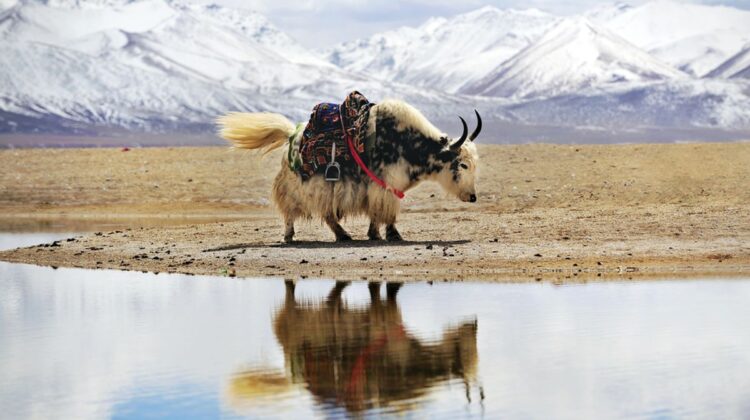
The climate crisis threatens to disrupt the diversity of bacteria living in the Tibetan Plateau’s glaciers.
Hundreds of new bacteria species have been discovered in the glaciers of the Tibetan Plateau, indicating that we have only scratched the surface of the microbial world.
However, with climate change threatening this valuable environment, these new findings raise new concerns about the release of potential pathogens toward the world’s two most populated countries.
According to a report published in the journal Nature Biotechnology, scientists from the University of Chinese Academy of Science collected surface snow, ice, and other samples from 21 Tibetan glaciers between 2016 and 2020 and discovered 968 species of bacteria, approximately 82 percent of which had never been documented before.
It was once thought that glaciers were too harsh to support a diverse range of life, but recent research has shown that this is not the case. Researchers described a number of viruses found in 15,000-year-old glacier ice that were unlike anything they had ever seen before last year.
Glaciers and ice sheets cover about 10% of the Earth’s surface and are the world’s largest fresh water reservoir. Beyond scientific curiosity, there is an urgent need to understand the microbes that live here.
The new study’s authors express concern that warming temperatures caused by climate change are melting the glaciers on the Tibetan Plateau. Their concern is that the plethora of bacteria that have thrived on the Tibetan Plateau for millennia will be washed downstream in melted glacier water and end up in new environments.
“Ice-entrapped modern and ancient pathogenic microbes may cause local epidemics, if not pandemics […] According to the study, “these microorganisms may carry novel virulence factors that make plants, animals, and humans vulnerable.”
“Virulence factors can also be transferred horizontally within a microbial community via mobile genetic elements […]” The interaction of glaciers and modern microorganisms could be especially hazardous, and potential health risks must be assessed.”
To make matters worse, the Tibetan Plateau occupies an important but precarious position in the world. It is known as the “water tower of Asia,” and it is the source of several of the world’s largest rivers, including the Yangtze, Yellow River, Ganges River, and Brahmaputra River. If pathogenic bacteria establish themselves here, the consequences could be disastrous.
“The release of potentially hazardous bacteria could have an impact on the world’s two most populous countries: China and India,” the study’s authors add.
For the time being, these are only preliminary warnings, but the researchers believe that their new work emphasizes the urgent need to assess the potential health risks of glacier melting.

Just great!